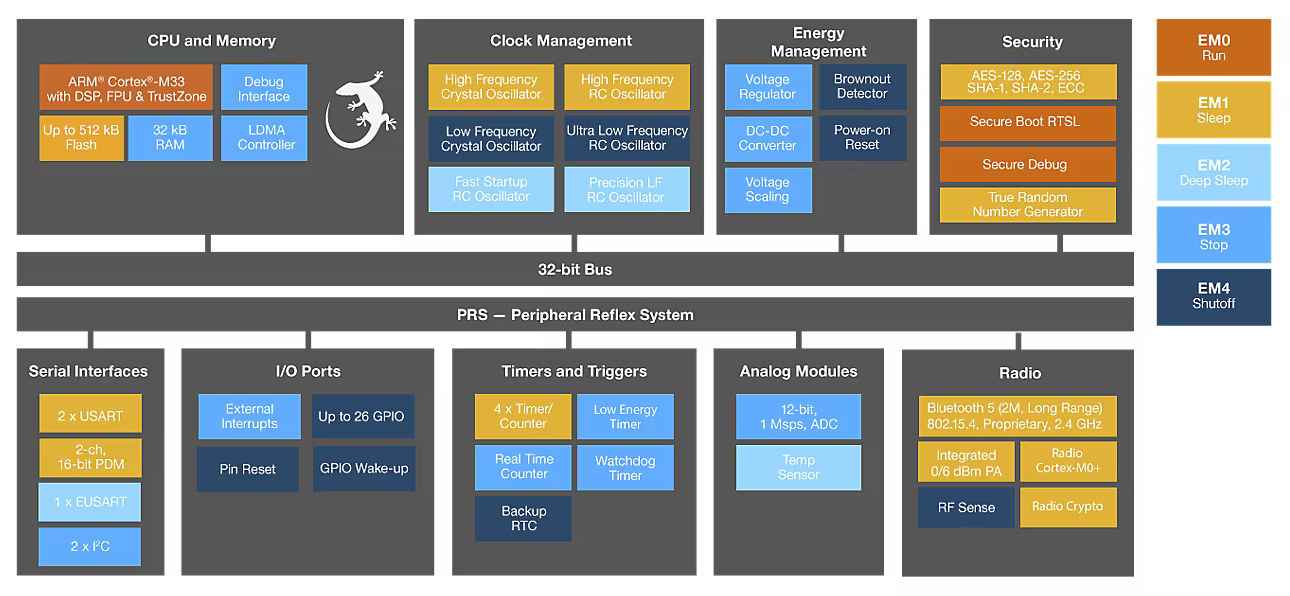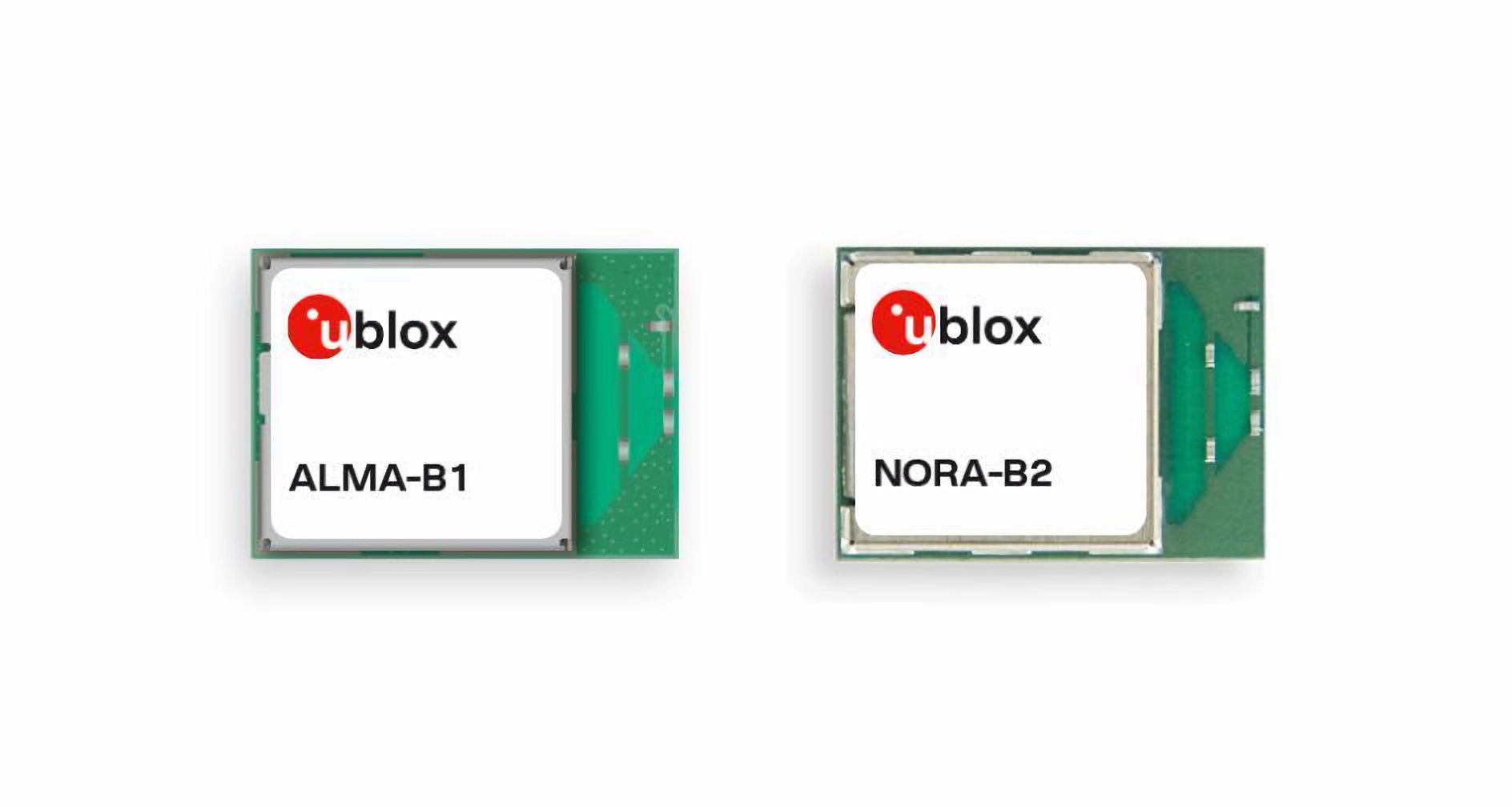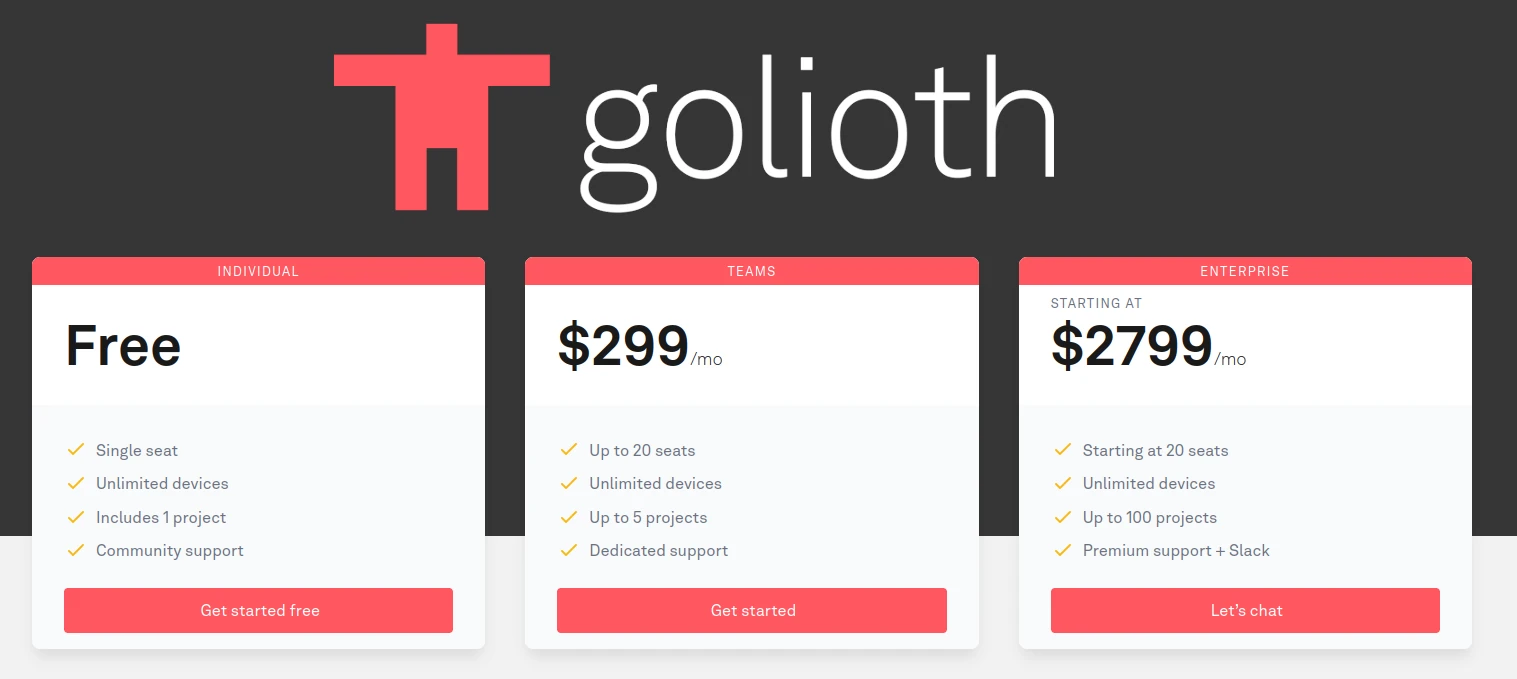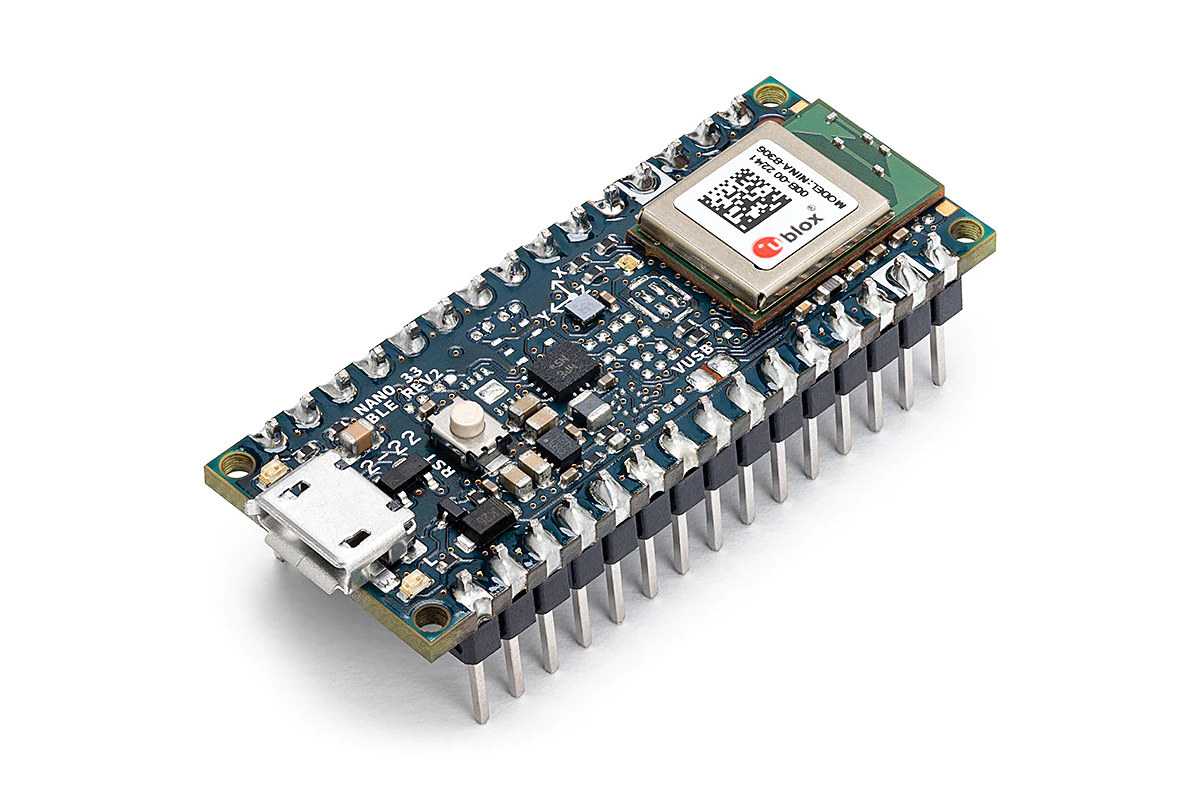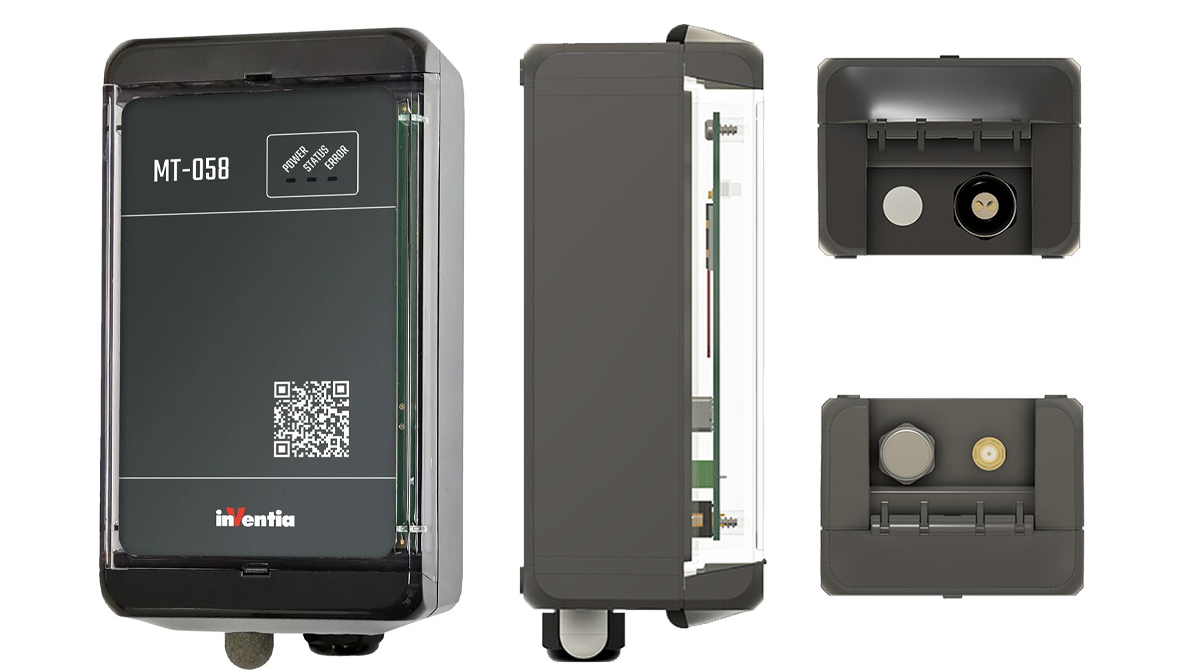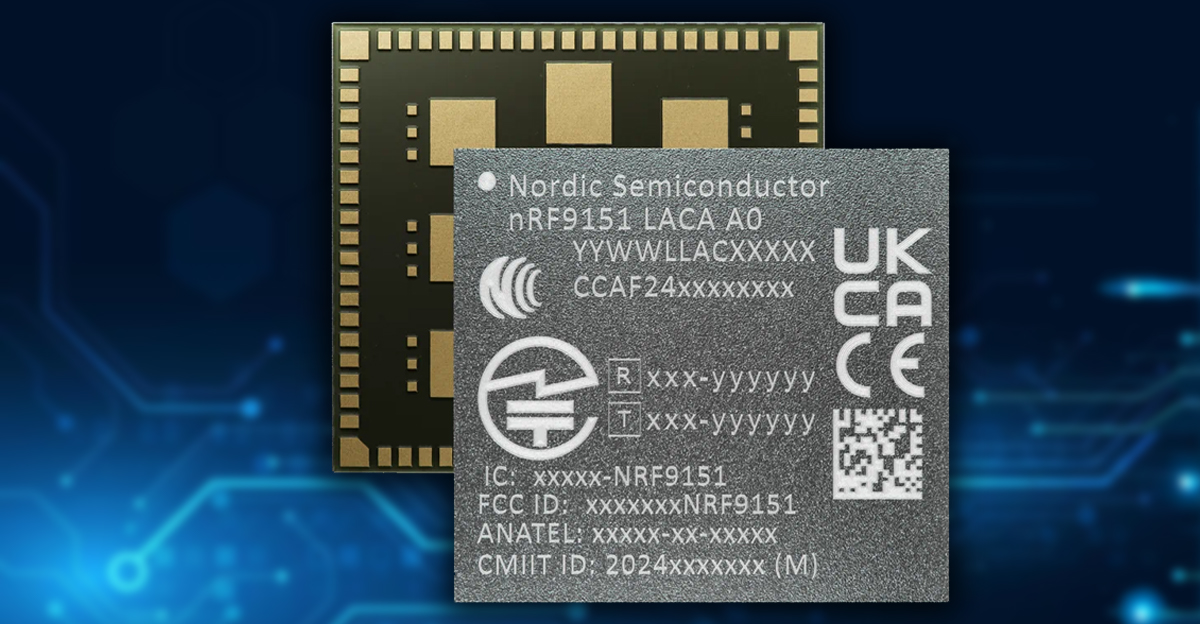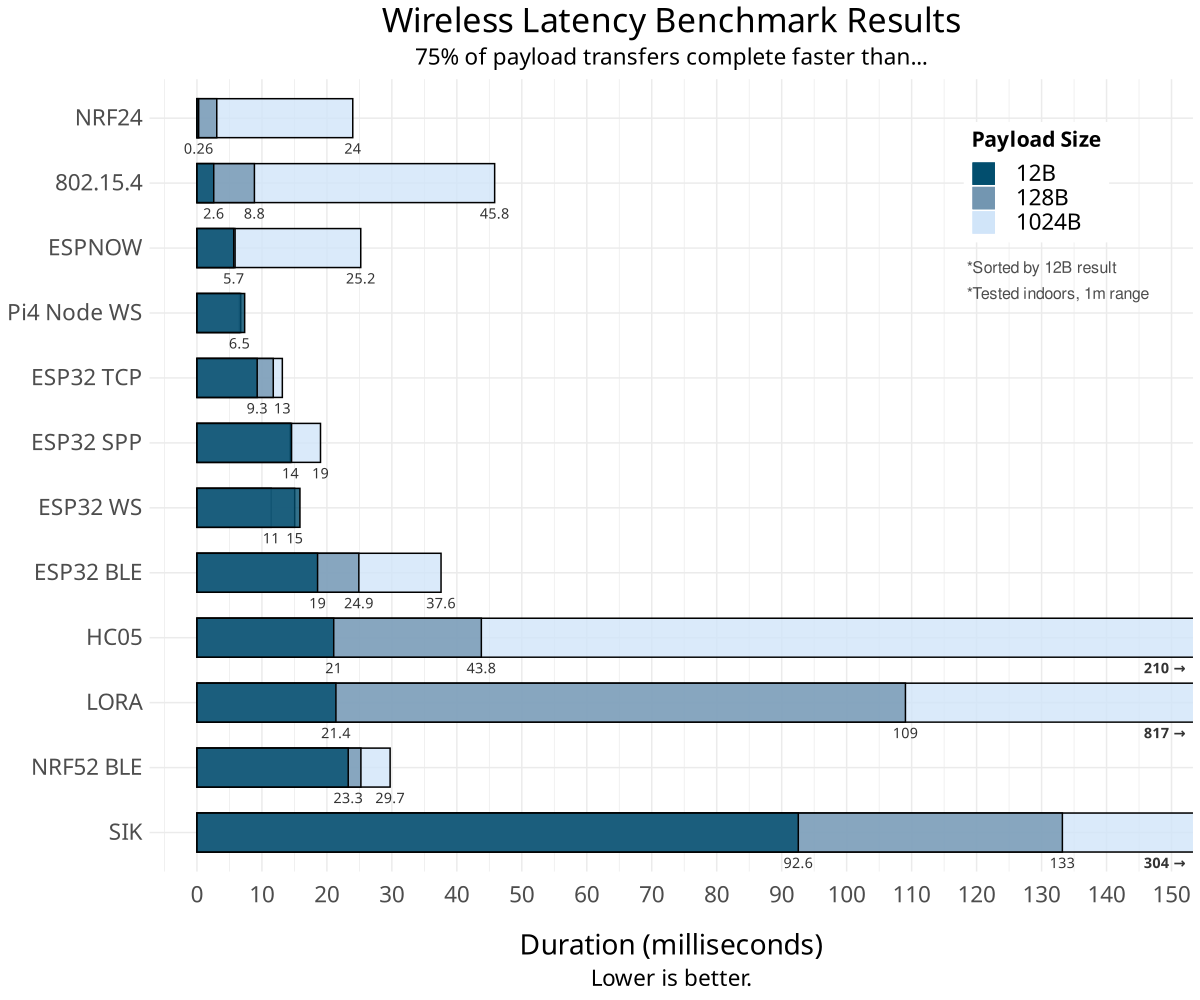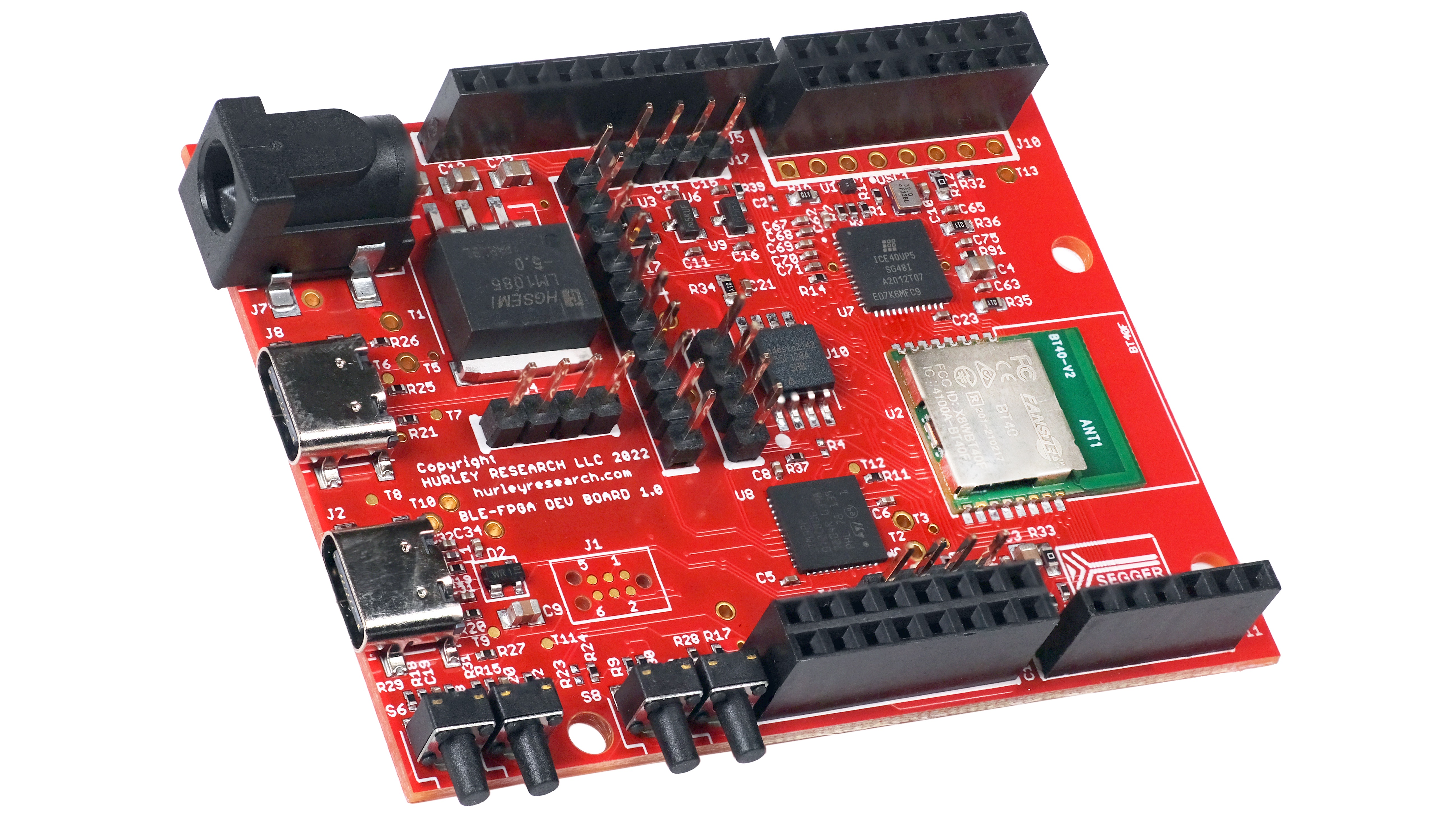Silicon Labs xG22E is a family of wireless SoCs consisting of the BG22E, MG22E, and FG22E and designed to operate within an ultra-low power envelope required for battery-free, energy harvesting applications such as electronic shelf labels, Smart Home sensors, remote controls, and so on. Like the just-announced Silicon Labs MG26, BG26, and PG26, the new xG22E family features a Cortex-M33 core clocked up to 76.8MHz. As an evolution of the low-power BG22, the BG22E offers Bluetooth 5.4 LE connectivity with “Energy Conservation” to further enhance battery longevity and even support designs that eliminate the need for batteries. The MG22E is similar but embeds an 802.15.4 radio for Zigbee connectivity, and the FG22E provides a 2.4GHz proprietary plus the Cortex-M33 is clocked up to 38.4MHz. Silicon Labs BG22E, MG22E, FG22E specifications: MCU – Arm Cortex-M33 @ 76.8 MHz with DSP and FPU (38.4 MHz for FG22E) Memory – Up to 32 […]
u-blox ALMA-B1 and NORA-B2, Bluetooth 5.4 LE modules are based on Nordic nRF54H20 and nRF54L15 SoCs
Wireless communication solutions provider, u-blox has added two new modules to its Bluetooth LE portfolio with the ALMA-B1 and NORA-B2 modules built upon the latest low-power wireless nRF54 chips from Nordic Semiconductor. Both modules come in a portable, power-efficient layout and support Bluetooth 5.4 and 802.15.4 (Thread, Matter, Zigbee). The ALMA-B1 and NORA-B2 BLE modules are powered by the low-power nRF54H20 and nRF54L15 SoCs, respectively. This enables them to provide IoT devices with sufficient processing power for edge computing and machine learning without the need for external components. u-blox claims that the ALMA-B1 module provides “more than twice the processing power of previous Bluetooth LE modules” and can replace general-purpose microcontrollers in compact solutions. Also, the NORA-B2 reportedly “consumes up to 50% less current compared to previous generations of Bluetooth LE modules,” leading to longer battery life or smaller batteries in end products. Both modules are classified as open CPU […]
Golioth expands its free tier for developers with unlimited IoT devices, OTA updates, 1GB bandwidth
When we first wrote about the Golioth IoT development platform with ESP32 and nRF9160 devices support in 2022, we noted they offered a free Dev Tier account for up to 50 devices, 10 MB of LightDB data with a 7-day retention policy, and other limitations. The company has now decided to remove many of the limitations from the free developer tier without any limit to the number of IoT devices and also added other benefits: Unlimited Device Connections: Empowering developers to scale projects without constraints. Over-the-air (OTA) Device Firmware Updates (DFU) with 1GB monthly bandwidth 1,000,000 Monthly Log Messages up to 200MB Free data retention Time series – 30 days Logs: 14 days The main limitations compared to paid plans are that only one project can be created and a single seat (single loading) is available, so it’s not possible to have a team of users with different permissions like […]
Arduino Nano 33 BLE Rev2 board features BMI270 six-axis IMU and BMM150 magnetometer
Arduino Nano 33 BLE Rev2 is an update to the Arduino Nano 33 BLE board launched in 2019 that features two IMU sensors instead of one with the BMI270 6-axis accelerometer and gyroscope and the BMM150 3-axis magnetometer and also comes with a few changes made after feedback from users. The new board is still powered by an nRF52840 Bluetooth LE module (u-Blox NINA B306) and remains Arduino Nano compatibility with two rows of 15-pin headers, but replaces the 9-axis IMU with the BMI270 and BMM150 chips, adds new pads and test points for USB, SWDIO, and SWCLK, a new VUSB soldering jumper, and brings changes to the power circuitry. Arduino Nano 33 BLE Rev2 specifications: Wireless Module – U-blox NINA B306 module SoC – Nordic Semi nRF52840 MCU Core – Arm Cortex-M4F microcontroller @ 64MHz Memory and storage – 1MB Flash, 256KB RAM Bluetooth 5.0 LE Up to 2 […]
Inventia MT-058 cellular IoT telemetry module is powered by Nordic Semi nRF9160 SiP
A few days back, Inventia introduced the MT-058 cellular IoT telemetry module built around Nordic Semiconductor’s nRF9160 System in Package (SiP) module with support for LTE-M/NB-IoT connectivity with GNSS. The device is designed for low-power, battery-operated industrial applications such as water metering and environmental monitoring. The module is IP68-rated and offers a combination of digital and analog inputs. It also comes with a battery that can last up to 5 years and there is also support for external sensor attachment for data logging applications. MT-058 Cellular IoT telemetry module specification: Nordic nRF9160 SiP with 64 MHz Arm Cortex-M33 application processor with 1 MB flash, and 256 KB RAM Connectivity – LTE Cat M1 and NB-IoT SIM card options – Standard 2FF SIM card slot, with an option for a soldered Machine Identification Module (MIM). Antenna – SMA connector for attaching an external antenna. Inputs – 5 inputs for counters, up […]
Nordic nRF9151 – A smaller LTE-M/NB-IoT and DECT NR+ SiP with enhanced power efficiency and security
Nordic Semiconductor has announced the availability of its new nRF9151 SiP module adding to the nRF91 cellular IoT lineup. This new module includes a 64MHz Arm Cortex-M33 SoC, LTE-M/NB-IoT connectivity with a radio-frequency front-end (RFE) for cellular support, and DECT NR+ connectivity. All this comes with a 20% smaller footprint and additional support for Power Class 5 20 dBm alongside Class 3 (23 dBm) compared to the Nordic nRF9161 SiP module also designed to power cellular IoT and non-cellular 5G solutions that was introduced just last month. Nordic nRF9151 SiP module specification: Processor and Memory – 64 MHz Arm Cortex-M33, 1 MB flash, and 256 KB SRAM. Modem – Integrated LTE-M/NB-IoT and DECT NR+ with support for 3GPP Release 14 LTE-M/NB-IoT. Location Tracking – Built-in GNSS receiver and support for cellular-based location features. Security – Arm TrustZone, CryptoCell for cryptographic operations, true random number generator (TRNG). Power Options – Supports […]
Comparing the latency of various wireless standards
If you’ve ever wondered which wireless standard may deliver the smallest lag (latency) when transmitting small packets, we’ve now gotten an answer thanks to Scott at Electric UI who benchmarked various wireless links in common MCU development boards. More specifically the following hardware and wireless standards were tested: SiliconLabs 10×0-GM RF+8051 microcontroller with 240–960 MHz EZRadioPRO transceiver running SiK firmware HopeRF RFM95W LoRa module (on an Adafruit Breakout board) connected to an STM32F429 MCU Nordic Semi nRF24L01 2.4GHz transceiver module ESP32 board for ESP-NOW and WiFi testing is shown as ESP32 WS (WebSockets) or ESP32 TCP in the chart below. Raspberry Pi boards were also used for comparison ESP32-C6 board for 802.15.4 transfers (Thread) ESP32 and HC-05 modules for Bluetooth SPP (Serial Port Profile) ESP32 board with NimBLE and Bluedroid stacks and nRF52 for Bluetooth LE testing Here are the results for 12 bytes, 128 bytes, and 1024 bytes data transfers. […]
NRFICE is a Bluetooth FPGA board in the Arduino UNO form factor (Crowdfunding)
The NRFICE FPGA is a Bluetooth FPGA board designed for edge computing and IoT applications. It is built upon a combination of the dual-core nRF5340 Bluetooth SoC and the Lattice ICE40UP5K FPGA. The ICE40 UltraPlus is a low-power, high-performance FPGA for edge computing and artificial intelligence projects and the nRF5340 is a Bluetooth 5.3 SoC that supports Bluetooth Low Energy (BLE), Bluetooth Mesh, Thread, NFC, and Zigbee. Through the Nordic nRF5340, NRFICE can load a project directly into the iCE40 FPGA, bypassing the usual extensive toolchain setup. This enables a new class of FPGA development, where bitstreams can be hosted in the cloud, selected by a user on their phone, and loaded wirelessly to the board. It features a built-in J-Link OB for easy debugging and programming without the need for emulator dongles and is similar to the previously covered Segger emPower evaluation board in this regard. This board supports […]


